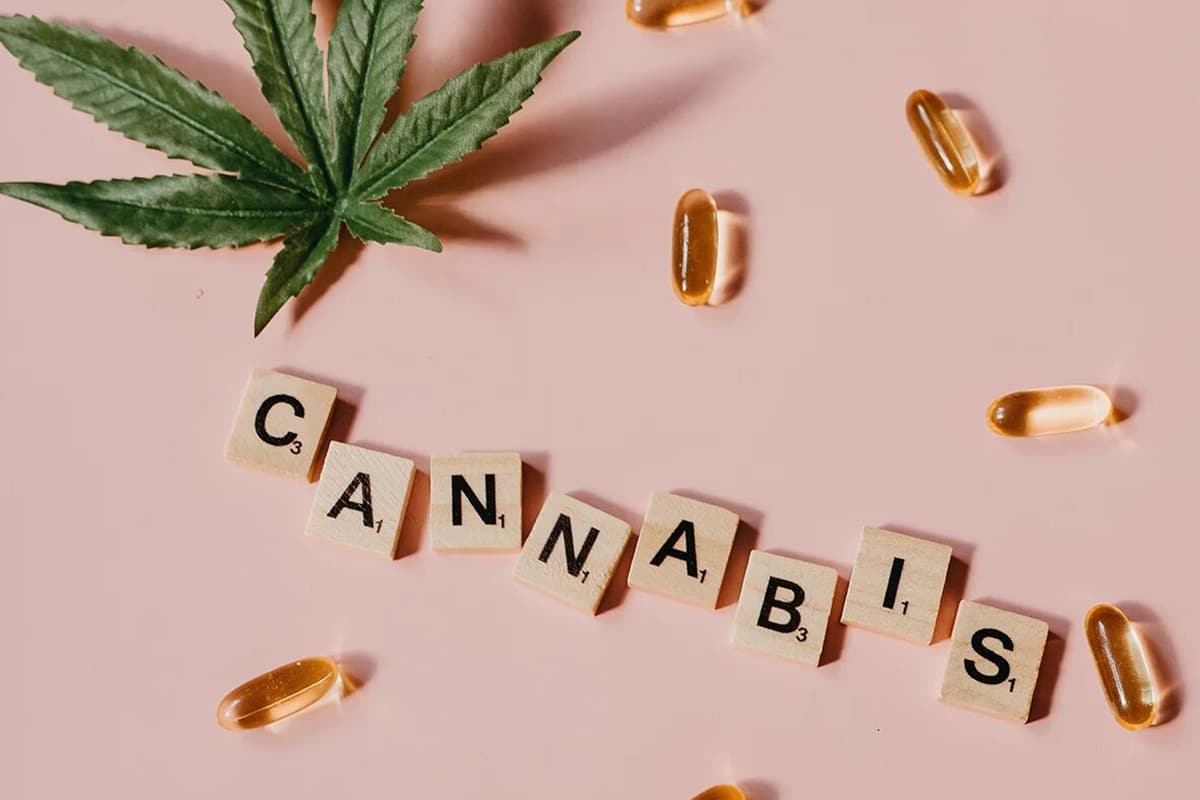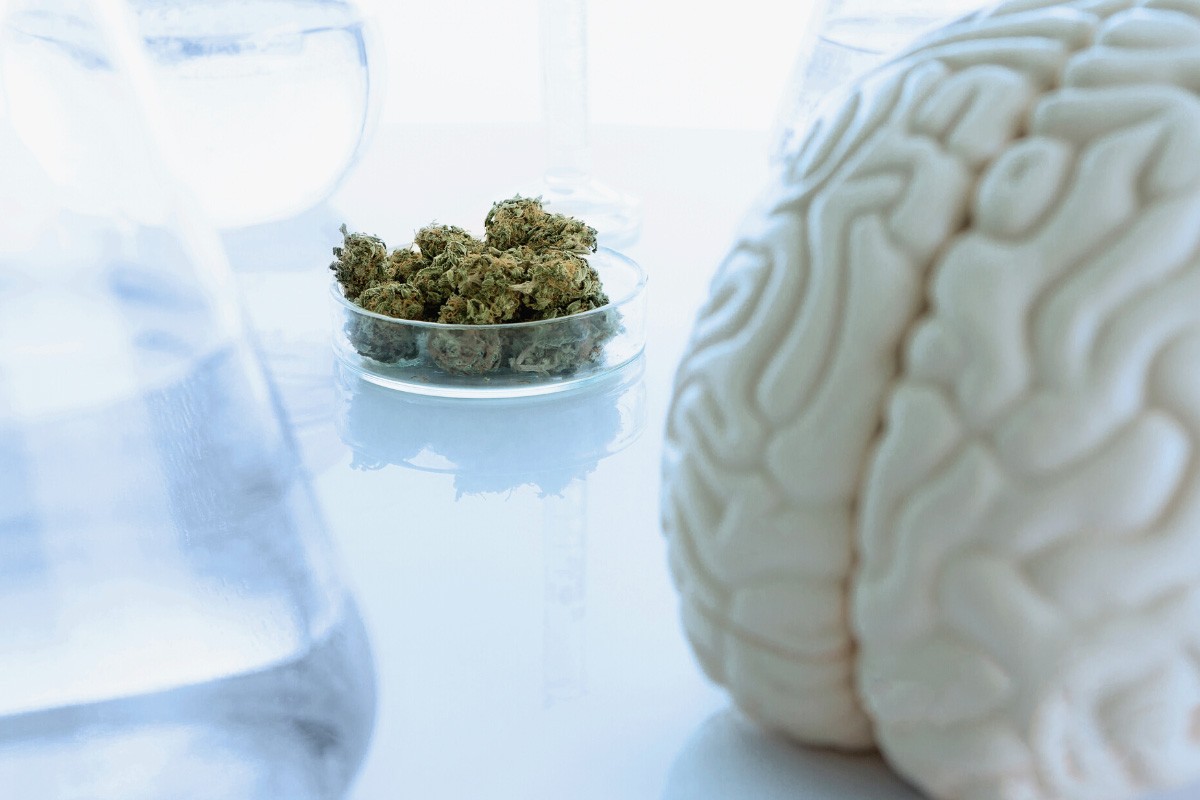Since the passage of the “Cannabis as Medicine” Act in March 2017, physicians of almost any specialty (except dentists and veterinarians) can prescribe medical cannabis to patients. The prescription is made via a narcotic prescription. The previous time-consuming procedure of applying for an exemption is therefore no longer necessary.
Prerequisite for a prescription
So far, there are no restrictions in the law that limit medication with medical cannabis to certain indications. Therefore, cannabis flowers and extracts in pharmaceutical quality can in principle be prescribed for any disease, provided that the patient is already undergoing medical treatment. Likewise, the treating physician’s well-founded assessment of the success of the cannabis therapy plays an important role. A prospect of improvement in the course of the disease and relief of serious, chronic symptoms of the patient should be a prerequisite. Accordingly, a prescription for medical cannabis can be made even if other treatments are theoretically available that have not yet been considered.
Cost coverage by the health insurance
If the costs of treatment with medical cannabis are to be covered by the statutory health insurance (SHI), approval from the health insurance company is required before therapy can begin. According to the law, the application may only be rejected “in justified exceptional cases”. Nevertheless, in more than 50% of the cases the applications are rejected by the GKV.
In most cases, the health insurance funds consult the Medical Service of the Health Insurance Funds (MDK) for an expert opinion to review the application, which extends the three-week processing period to five weeks.
Accompanying study
Participation in an accompanying study is also a prerequisite for cost coverage by the GKV. For this purpose, anonymized patient data are transmitted to the Federal Institute for Drugs and Medical Devices (BfArM). These data include age, gender and diagnosis, as well as dose, efficacy, tolerability and changes in the patient’s quality of life during therapy. Since Algea Care’s cooperating physicians only practice private medicine, patients are not required to participate in the accompanying study by the BfArM. However, analogous to this study, we are conducting internal research to continuously improve the treatment with medical cannabis.
Application / intake of medical cannabis
Medical cannabis can be taken eitherinhalationally or orally. The intake depends, among other things, on whethercannabis flowers and extractsor;ready-to-use medicinal productsare involved. The medical advice of the physician and the individual wishes of the patient also play a role.
Cannabis flowers and extracts
Cannabis flowers and cannabis extracts must beheated before ingestionin order to develop their effect. Patients can;inhale;the cannabinoids of cannabis flowers and extractsvia a vaporizer. Ingestion viasmokingis also possible. However, unlike smoking, inhalation via a vaporizer does not inhale potentially harmful substances. Due to the harmful effects, ingestion via smoking is therefore not recommended. In addition,cannabis flowers can be prepared as tea. However, in this variant, the active ingredient content is unclear due to the poor solubility of the active ingredients.
Ready-to-use medicinal products
Finished medicines with the active ingredients dronabinol and nabilone are usually taken orally. Unlike natural flowers or full-spectrum extracts, these are synthetic or semi-synthetic drugs (e.g., Sativex, Canemes, dronabinol). They are used in multiple sclerosis, patients undergoing chemotherapy, or even HIV patients.
Proper dosage of medicinal cannabis
At the beginning of a cannabis therapy, finished medicinal products as well as cannabis flowers and extracts are dosed gradually. The amount of the initial dose depends on the THC content and is increased every 1-3 days. For cannabis strains with a THC content above 10%, a starting dose is between 25-50 mg and a maximum of 100 mg for weaker cannabis flowers. If there is no effect after the first dosage of 0.05g, slowly increase the dosage in 0.05g increments until the desired therapeutic effect is achieved. If the effect is too strong or there are side effects, the next dose should be reduced again by 0.05g.
Depending on the THC content, the daily doses vary between 0.05 g and 10 g of cannabis in the later course of therapy. The maximum prescription quantity is 100 g of cannabis for 30 days, regardless of the THC content of the cannabis variety.
How medical cannabis works
The two ingredients tetrahydrocannabinol (THC) and cannabidiol (CBD) are decisive for the medical effects of cannabis. They exert their effect via the body’s own cannabinoid receptors in the brain. Like the endogenous active ingredient arachidonylethanolamide (anandamide), THC docks onto the CB1 and CB2 receptors. It affects the peripheral or central nervous system, thus exerting its analgesic effect. While THC is known for its relaxing effect, CBD, on the other hand, mainly has an anti-inflammatory effect.
How quickly the desired effect occurs depends, among other things, on the form in which the medicinal cannabis is taken. Basically, cannabis works faster when it is inhaled. Accordingly, an effect after oral ingestion occurs later and is also dependent on the previously consumed food.
Regarding the degradation of cannabis, it can be mentioned that this takes significantly more time than, for example, that of alcohol. While the body breaks down alcohol within hours, THC can be detected in the body much longer. Due to its high fat solubility, THC can be detected for up to 30 days.
Therapeutic spectrum
Medical cannabis is known for its broad therapeutic spectrum and can therefore be used for the treatment of a wide range of indications. In the therapy of chronic pain, medical cannabis is prescribed to positively influence the course of the disease. Likewise, cannabinoid therapy can have a positive effect on the body in patients with ADHD, reducing stress and impulsivity. Other ailments that can be treated with pharmaceutical grade cannabis include:
- Depression
- Migraine
- Sleep disorders
- Nausea and vomiting
- Epilepsy
- Cancer diseases (increase of appetite – also in HIV/AIDS patients)
- Cramps and spasticity (multiple sclerosis)
- Tourette’s disease
- Asthma
- Post-traumatic stress disorder (PTSD)
- Tinnitus
- Neurodermatitis
Possible side effects of medical cannabis
As with most other medications, there is a possibility of side effects when taking medical cannabis. These side effects can primarily affect the mind, psychomotor system, or cardiovascular system. Acute physical side effects often manifest themselves in fatigue, dizziness, headaches, dry and irritated eyes or a dry mouth. The latter two can be prevented with the intake of sufficient fluids. Furthermore, the intake of cannabis can also lead to impaired concentration, mood swings, increased appetite or a drop in blood pressure.
However, cannabis-based medications are generally considered to be well tolerated, as tolerance develops after regular use. As a result, the possible side effects decrease in frequency and intensity. The accompanying study by the BfArM also proves that side effects become less likely over time. Likewise, no life-threatening complications have occurred in the course of medical cannabinoid therapy to date.
Contraindications
To avoid serious side effects, the prescription of medical cannabis is therefore generally not recommended for patients who already suffer from a severe personality disorder, psychosis or severe cardiovascular disease. Likewise, pregnant women and nursing mothers are excluded from cannabinoid therapy. For treatment of adolescents or elderly patients, careful consideration of the opportunities and risks is required.In connection with an interaction in the cytochrome P450 enzyme family, interactions may occur when taking medicinal cannabis if necessary, but are usually hardly noticeable or measurable.
Dependence
The use of medical cannabis in the course of medically supervised therapy has so far not induced cannabis dependence. The treatment of indications with cannabis-based medicines does not pose any danger, as long as no contraindications exist. However, if cannabis therapy is stopped abruptly, mild withdrawal symptoms such as insomnia, restlessness, or increased perspiration may occur. How intense these symptoms occur depends on the duration of use.








